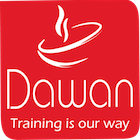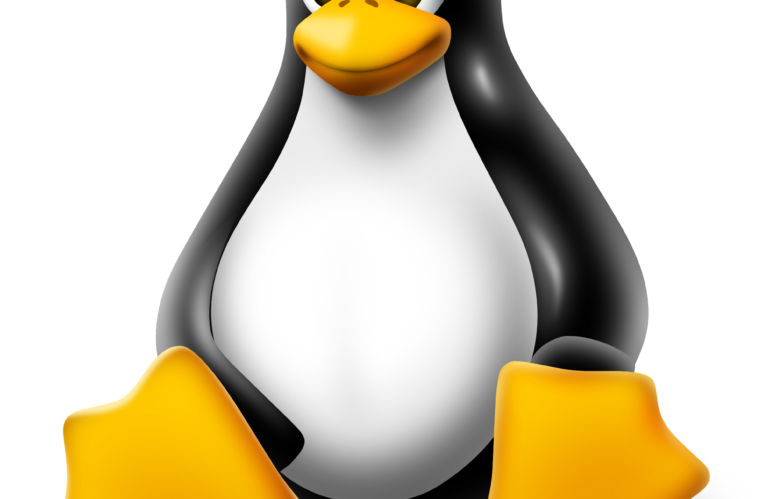Goals
- Understand the principles of OpenSource and Linux
- Know how to install a Linux distribution
- Know the basics of using Linux
Program
History of GNU / Linux
Why Linux? Other UNIX systems
The Free Software Foundation and the Open Source Initiative
Distributions: Redhat Entreprise / Fedora, Mandriva, Suse / OpenSUSE, Debian / Ubuntu, Other distributions (Gentoo, Slackware)
BIOS setup
Device discovery and configuration
Configuring USB drives
Recognition and configuration of hotPlug and coldPlug devices
Recognition and configuration of mass storage units
Configuration of communication devices
Workshop : Linux installation on a physical machine
Install a boot manager
Control the systemV and systemD boot sequence
Configure and change the runlevel
Clean the system off
Workshop : runlevels test
Hard disk organization, partitioning, LSB
LVM configuration
Learn to configure partitions as needed
Install a boot manager
Management of system and application libraries
Managing applications with apt-get (Debian)
Application management with yum (Redhat)
Install software via sources
Workshop : installation of several linux on a machine with several disks; application installation
Setting up the environment
Use online order history and editing
The online help manual
Basic commands: accounts and rights; files and streams; the processes; system and resources
Search for a file or information in the system
User management: rights, preference, mask
Copy a file, manipulate symbolic links
Using pipes and flow redirects
Text stream filtering
Basic use of vi
Process management : background, foreground, signal and priority
Use regular expressions
Workshop : customization of your installation
Creating Partitions and File System
File system management and maintenance
Mounting and unmounting partitions
Quota management
Workshop : manipulation on FS, resize LVM
Diagnose a malfunction
Use logs
Backup and restore
Workshop : solving some common malfunctions
Passing the certification (if provided for in the funding)
Duration
5 days
Price
£ 1258
Audience
Any IT public or not, new to Linux
Prerequisites
Basic knowledge of using a PC and a system
Reference
LIN1245-F
Subject 101 : System architecture
Enable and disable internal devices
Configure systems with or without external devices such as the keyboard
Recognize the different types of mass storage devices
Know the differences between hotplug and coldplug devices
Identify device hardware resources
Tools and utilities for listing hardware information (e.g. lsusb, lspci, etc.)
Tools and utilities for managing USB devices
Understand the concepts of sysfs, udev and dbus
Provide common boot loader commands and kernel options during boot
The boot sequence from BIOS to OS
Understanding the SysVinit and systemd starting systems
Knowledge of the Upstart starting system
View boot events in log files
Set the default runlevel
Change runlevel, test single user mode
Command line shutdown and restart
Notify users before changing runlevels or other major system events
Cleanly terminate processes
Workshop : MCQ to comment on the subject 101
Subject 102: Linux Installation and Package Management
Allocation of file systems and swap to different disks or partitions
Size according to the use of the system
Ensure that the / boot partition conforms to the hardware architecture prerequisites
Knowledge of basic LVM functionalities
Provide alternative boot locations and rescue boot options
Install and configure a boot loader such as Legacy
Perform basic configuration changes for GRUB 2
Interact with the boot loader
Identify shared libraries
Know the usual locations of system libraries
Load shared libraries
Install, update and uninstall Debian packages
Find packages containing specific files or libraries installed or not
Obtain information about packages: version, content, dependencies, integrity and status
Install, reinstall, update and remove packages with RPM and YUM
Obtain information on RPM packages: version, state, dependencies, integrity and signatures
Determine the files of a package, and the package from which a file comes
Workshop : MCQ to comment on the subject 102
Subject 103: The GNU and Unix commands
Use unit commands and command sequences to perform basic tasks
Use and modify the shell environment: define, reference, and export environment variables
Use and edit order history
Execute commands with relative and absolute paths
Use standard UNIX commands from GNU textutils packages to filter text output
Tools: cat, cut, expand, fmt, head, join, less
nl, od, paste, pr, sed, sort, split
tail, tr, unexpand, uniq, wc
Copy, move and delete files and folders individually
Recursive copy of files and folders
Deleting files and folders recursively
Use wildcards
Use the find command to find and process files by type, size, and date / time
Using tar, cpio and dd
Redirect standard input, standard output, and error output
Using the pipe
Use the output of one command as the input of another
Send output to stdout and to a queue
Execute work in the foreground and in the background
Configure a program to run after logoff
Supervise active processes
Select and sort the processes to display
Send signals to processes
Find out the default priority of a created process
Run a program with higher or lower priority
Change the priority of a running process
Create a simple regular expression containing multiple elements
Use regular expression-based tools to search the file system or the contents of a file
Browse a document with vi
Use the main modes of vi
Insert, edit, delete, copy and find text
Workshop : MCQ to comment on subject 103
Subject 104: Peripherals, Linux File System, and Standard FHS File System Hierarchy
Manage MBR partition tables
Use mkfs to create filesystems: ext2 / ext3 / ext4, XFS, VFAT
Know ReiserFS and Btrfs
Basic use of gdisk and parted with GPT
Check file system integrity
Monitor i-nodes and free space
Fixing Simple Problems
Manual assembly and disassembly
Configure Startup Edit
Configure removable user file systems
Set quotas on a file system
Edit, verify and generate user quota reports
Manage file permissions
Use suid, sgid and sticky bit access modes to maintain security
Change the file creation mask
Using groups to grant access to files
Create links
Identify hard and soft links
File copy versus file links
Use links to perform system administration tasks
Understanding the location of files with the FHS
Find files and commands on Linux
Know the location and purpose of important files and folders defined by the FHS
Workshop : MCQ to comment on the subject 104
Passing the certification (if provided for in the funding)
Sessions
Contact us for more informations about session date

